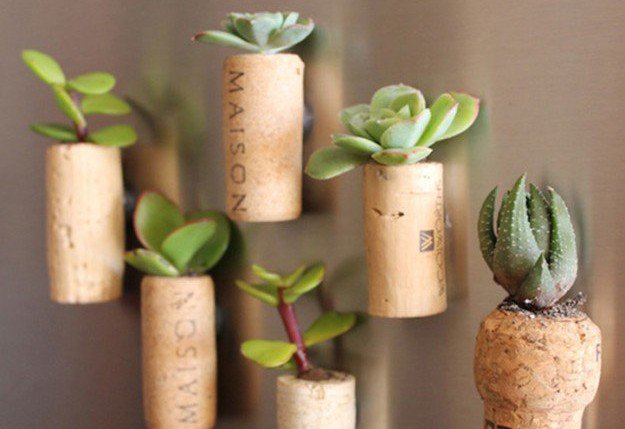At some point, we’ve all seen what a landfill looks like. Some of us have spotted one while taking a road trip. Some of us drive past one on our daily commute to work. Others live near one. Whether we see them sporadically or daily, it can be easy to forget the fact that we are personally helping landfills fill up—and fill up at an alarming rate. Did you know that the average American produces about 4.4 pounds of garbage a day? That means we each generate around 1,600 pounds of trash a year, more than the weight of a full-grown cow. Yikes! If this staggering number is alarming to you, you can take some comfort knowing that you can do your part to lower it by reducing the amount of new products you purchase, recycling what you can, and composting organic waste. If you happen to be a crafty individual, you can also explore the option of upcycling. If this term is new to you, let’s take a few minutes to explore what upcycling is, how it compares to recycling, and how to get started.
Upcycling is the art of taking an object that was built for one purpose, and altering it a bit in order to make it functional in a whole new way. It can be as simple as painting an empty wine bottle and giving it new life as a vase. On the flip side, it can be as complicated as taking old cabinetry and reworking it into a new island for your kitchen. Upcycling creates a second chance for items that might ordinarily be doomed to waste away in a landfill. It’s a way to take your trash and turn it into your own newest treasure.
Upcycling and recycling may sound similar, and while both are beneficial to the environment, they are quite different. Upcycling involves changing the appearance of an object while still utilizing the basic structure of the item. It involves a bit of imagination, craftiness, and sometimes even elbow grease. Recycling is the process of breaking down items to their basic elements. Once they are broken down, they can be used for parts in the production of new products. For example, a plastic bottle can be recycled and later used in the production of carpet. While recycling gives materials such as aluminum, glass, paper, and plastic the chance at many lives, it is not an endless cycle. Things like paper and plastic can only be reprocessed so many times before they can no longer be recycled. Recycling is a great step to take to reduce your waste, but upcycling is another, even more environmentally sustainable path you can take to achieve this goal.
To get started with upcycling, simply look around at the objects in your house that might be headed for the garbage or recycling bin. Since projects can be as easy or as involved as you want them to be, you may not need to look further than your own kitchen to find the basic supplies to get started. Glass bottles and tin cans can be painted and decorated to create festive holiday decor. If you want to get even more creative, old window panes and shutters can be transformed into benches or unique wall art. If creativity escapes you when it comes to thinking up project ideas, don’t worry: the Internet and Pinterest have a vast number of ideas to inspire you.
If you’re looking for ways to limit the amount of waste you contribute to the environment, upcycling is a great option. Allow your creative juices to flow as you begin repurposing items and creating beautiful new additions to your home.
Photo courtesy of DIYProjects.com
About Gwinnett Recycles: Gwinnett Recycles is focused on helping Gwinnett County, the second-largest county in the state of Georgia, reduce, reuse, compost, and recycle more material and keep waste out of landfills and the environment. Gwinnett Recycles is run 100% independently by citizen volunteers. To connect with us and support our efforts, follow us on Facebook and Instagram, subscribe to our newsletter, and consider volunteering with us!


Add Comment